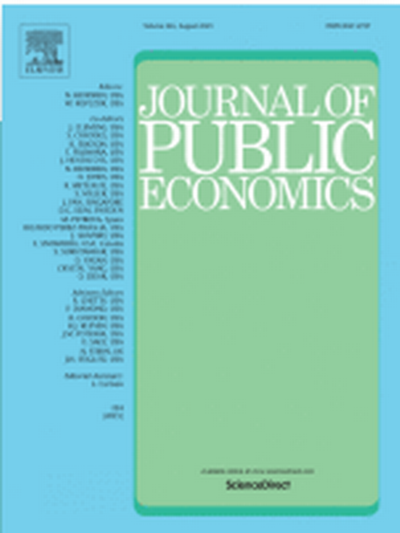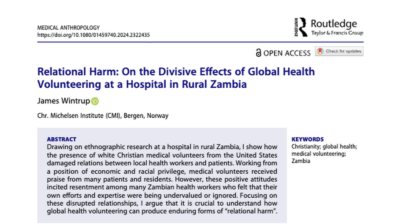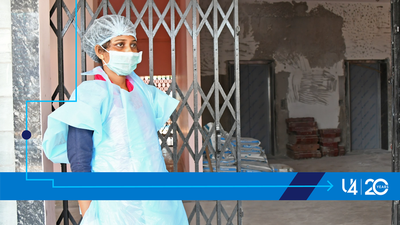Health inequalities in Ethiopia: modeling inequalities in length of life within and between population groups
Background and objectives
Most studies on health inequalities use average measures, but describing the distribution of health can also provide valuable knowledge. In this paper, we estimate and compare within-group and between-group inequalities in length of life for population groups in Ethiopia in 2000 and 2011.
Methods
We used data from the 2011 and 2000 Ethiopia Demographic and Health Survey and the Global Burden of Disease study 2010, and the MODMATCH modified logit life table system developed by the World Health Organization to model mortality rates, life expectancy, and length of life for Ethiopian population groups stratified by wealth quintiles, gender and residence. We then estimated and compared within-group and between-group inequality in length of life using the Gini index and absolute length of life inequality.
Results
Length of life inequality has decreased and life expectancy has increased for all population groups between 2000 and 2011. Length of life inequality within wealth quintiles is about three times larger than the between-group inequality of 9 years. Total length of life inequality in Ethiopia was 27.6 years in 2011.
Conclusion
Longevity has increased and the distribution of health in Ethiopia is more equal in 2011 than 2000, with length of life inequality reduced for all population groups. Still there is considerable potential for further improvement. In the Ethiopian context with a poor and highly rural population, inequality in length of life within wealth quintiles is considerably larger than between them. This suggests that other factors than wealth substantially contribute to total health inequality in Ethiopia and that identification and quantification of these factors will be important for identifying proper measures to further reduce length of life inequality.
https://doi.org/10.1186/1475-9276-12-52







